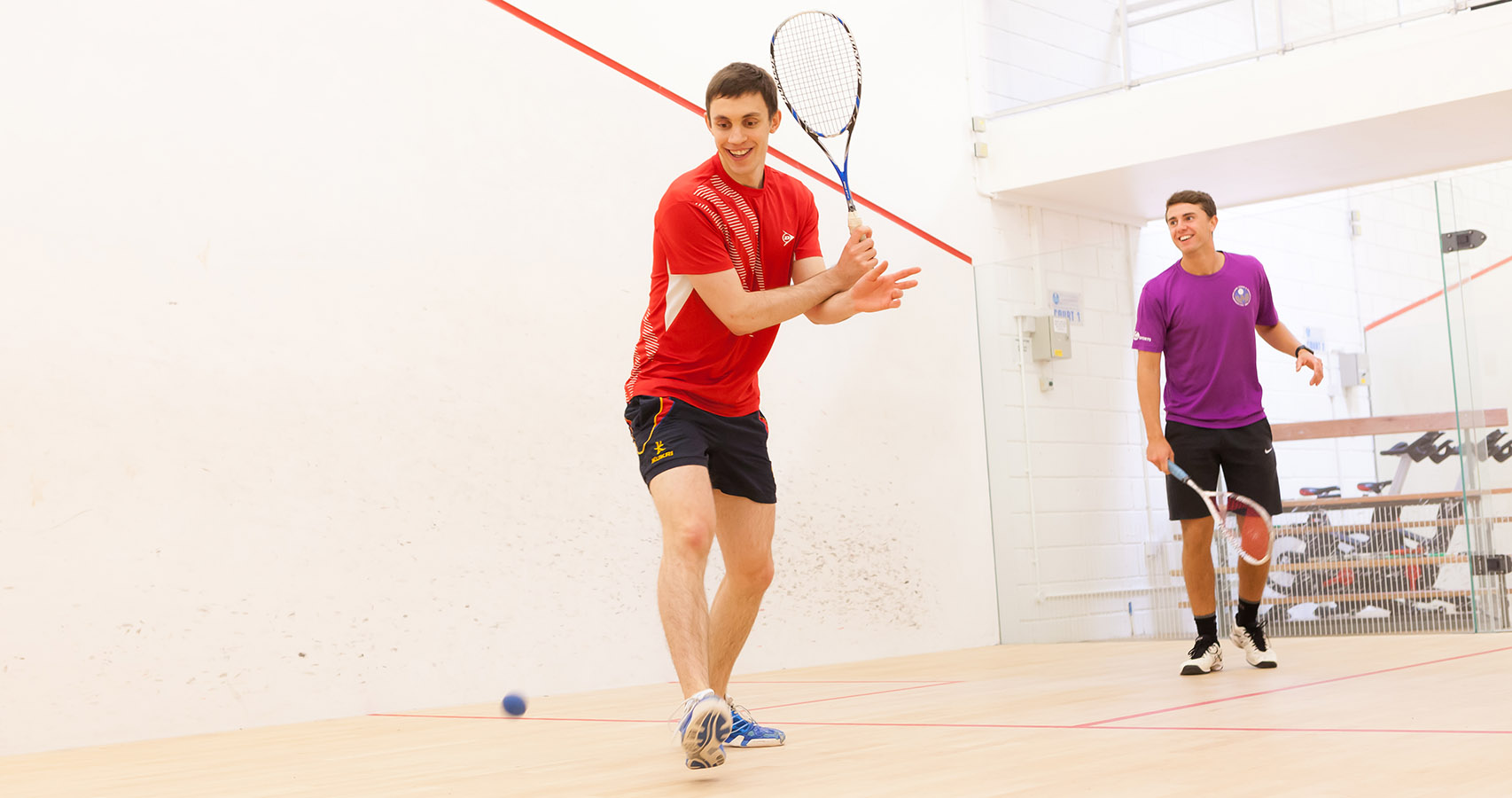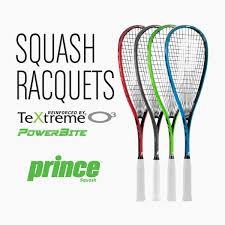
Squash is a popular sport and one which keeps you fit. It’s quick, it’s fun and it’s easy to play.
Let’s have a look at the basic game play to get you started.
Fitness
Squash is fast. Very fast, so before you start, consider your fitness level. If you’ve not taken part in any sport for a while, squash is a great way to get back in condition, but it’s also a good way to pull muscles if your body’s not up to it.
When you start playing try to find a partner who can match your level so that you can build up gradually as you’ll be burning stacks of calories!
Equipment
To play squash you don’t need to invest in lots of expensive equipment. All you need are:
- Shorts and t-shirt
- Trainers, but make sure they fit well as you will move quickly around the court and you need your feet to be supported.
- A squash racket. You can get these starting from around £20, but as you progress in the sport, you will probably want to invest in something a little better. The gym where you play may have rackets to hire while you get used to the sport and find out what sort of racket you want.
Squash also uses different coloured dots on the balls, depending on how you want to play the game.
- Double yellow = extra slow. This is used in competitions.
- Yellow = very slow
- White or a green dot = medium speed
- Red = fast
- Blue = very fast, often used by beginners.
The Court
Squash is an indoor game, played in an enclosed room. Squash courts are usually available to hire in most sports halls or gyms. The ball is hit so that it bounces off the walls and your opponent will hit it back the same way. The object is to hit the ball so that they cannot return it. They have to return it before it bounces twice.
The court has lines on the floor and the walls.
- The out line: This line goes along the top of the back wall, and down the side walls. If the ball hits anywhere in this area it is considered ‘out’ and the opponent wins the point.
- There is a board at the back of the court which acts as a net. If the ball hits the board when being served, then it is a foul. The ball must be served over 3 feet above the board.
- There are also two rectangular areas at the back of the court. Players must start from these at the beginning of each point. Each rectangle has a service box and both players must have one foot in the box at the start of each serve.
Scoring
There are 4 ways in which you can win a point:
- Your opponent fails to return the ball before it bounces twice
- The ball hits the back board on your opponents shot
- The ball goes outside the out line
- Your opponent acts in a manner which deliberately stops you from getting to the ball. As the game is so fast, it can happen that your opponent finds they are unintentionally in your way. In cases like this you can play a let if you both agree, or with the referee’s permission if you have one.
There are two scoring methods used: Point-a-Rally, known as ‘PAR’, or the traditional scoring method.
- Traditional scoring: Using this system you play until one player has reached 9 points, but you can only score when you are serving. If you win a point on your opponents serve, you then need to win the next point on your serve to score.
- PAR scoring: Using this system you play until one player has reached 11 or 15 points. You can score a point even when you are not serving. This system tends to result in shorter matches.
To win the match you need to win the right number of sets and you will decide how many sets you play before you begin your match. Sets are usually the best of 5 games.
If you have hired a court for a set duration of time, you may find that the PAR scoring is the best option as the points are scored quicker. Alternatively you can simply play a timed match and see who has the most points at the end of the time.
You will have a scorecard to record the score as you play. This has one side for each player and each side has ‘L’ or ‘R’ marked in a box. This denotes whether the server was serving from the left hand or right hand service box. When the score is called, the server’s score is always called first.
Conclusion
This is just a simple outline of the basics of squash. As you progress with the game you will soon learn there are tactics to use and you will want to experiment with different methods of play. You may also want to experiment with different racket tension and grip as these also have an impact on your game.


